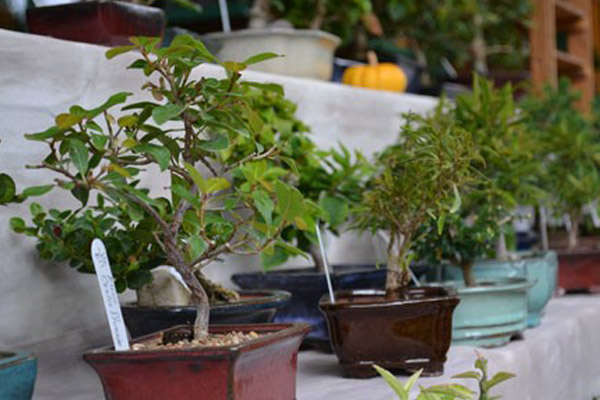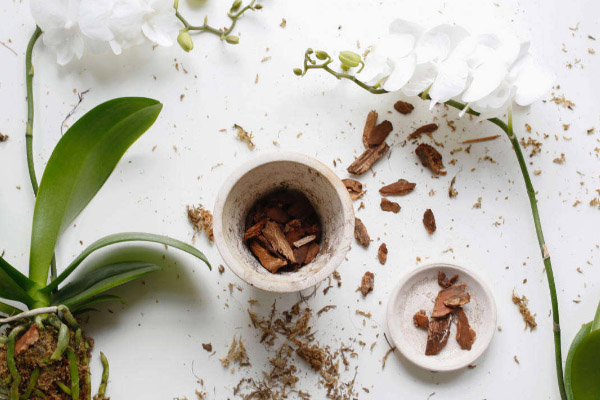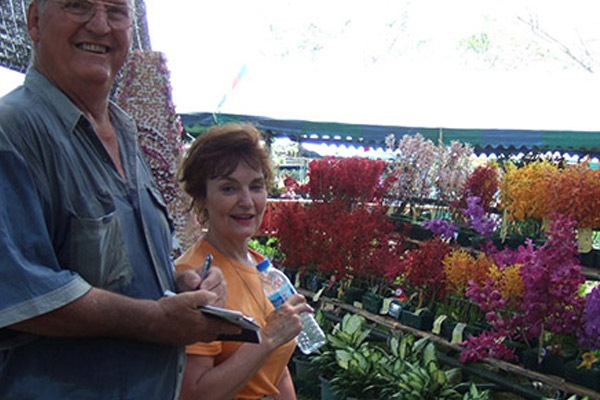Bonsai trees are often thought to have originated from Japan, but records over 2,000 years old show trees being grown in China, as part of landscapes planted in shallow containers.
Around 1,500 years ago trees, many of which would have been collected from mountainous regions, were first grown as individual specimens and these can be seen clearly on ancient Chinese line drawings. Several centuries later the Japanese began growing and training trees in pots and have developed the hobby to its current level.
Chinese and Japanese bonsai are very different in style, with Chinese style trees being more freeform and trained mainly by pruning, whilst Japanese trees are meticulously groomed and shaped, appearing more natural.
Misconceptions
A common misconception about the hobby is that it is ‘cruel’, with the trees being starved in order to dwarf them. Nothing could be further from the truth! Bonsai trees require regular watering, feeding and repotting to keep them in optimum health and in many cases they are actually healthier that their counterparts in the wild, enjoying the same longevity. Some trees in Japan have recorded histories spanning several centuries and are often traditionally passed from generation to generation, keeping them in the same family during their long lifetime.
Root pruning is a widespread horticultural technique, used by many gardeners to produce better root systems on plants grown both in pots and in the garden, and is not just associated with bonsai training. This practice facilitates the growth of a well developed, compact root system with many fine, fibrous roots which are so necessary for taking up nutrients and does not restrict the overall growth. Various branch and shoot pruning techniques are what actually dwarf the tree, in the same way as trimming a hedge keeps it from growing into a line of large trees.
Indoor or Outdoor?
Many species of trees and woody shrubs are suitable for training as bonsai, but if planted in the garden they would grow into full-size trees – there is no such thing as a special ‘bonsai species’. Pruning and shaping is required to create and maintain the desired shape and size. Some trees are often used to achieve the appearance of different species, e.g. a juniper can look very effective when trained in the image of a pine.
Trees that would naturally grow outdoors must not be cultivated indoors, where they will not flourish, but will soon die. Occasionally outdoor bonsai may be viewed in the house, provided that a cool area is selected and that the duration is no longer than a couple of days. Only tropical species of tree are suitable for growing indoors, figs, serrissas and pomegranates make particularly good subjects, although even these can benefit from spending the summer months outside.



